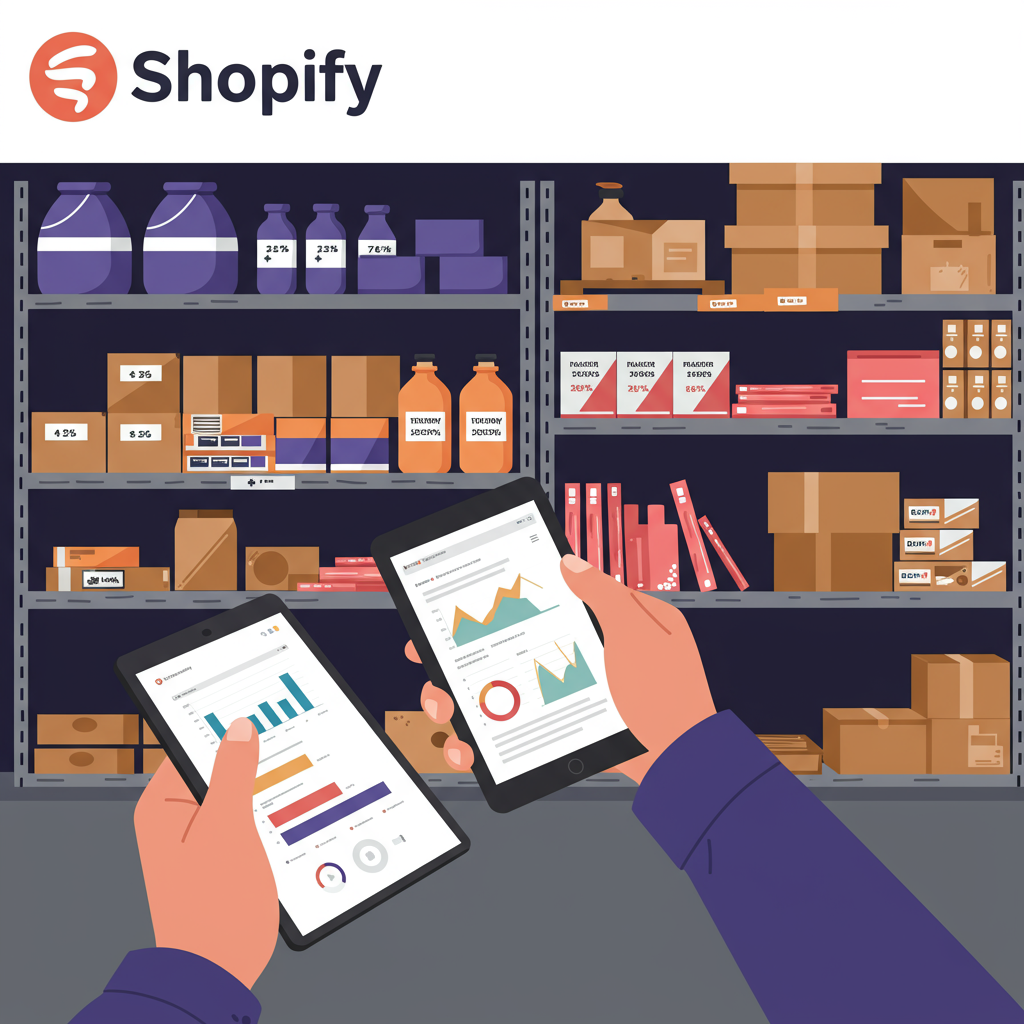My Essential Strategies for E-commerce Success Through Smart Stock Management
Hey there, fellow Shopify merchants! As we navigate the ever-evolving world of e-commerce, one aspect that consistently proves challenging yet critical is inventory management, especially when seasonality comes into play.
I’ve learned firsthand that getting seasonal inventory right can make or break your quarter, impacting everything from cash flow to customer satisfaction.
Today, I want to share some of my go-to strategies and tips for mastering seasonal inventory planning on your Shopify store. It’s all about being proactive, not reactive.
First, let’s define what “seasonal” means for *your* business. It’s not just about Christmas or summer. Your seasonality might be tied to specific holidays, local events, fashion cycles, or even weather patterns.
For instance, if you sell swimwear, summer is obvious. But if you sell artisanal chocolates, Valentine’s Day, Easter, and Christmas are your peak seasons. Understand your unique rhythm.
The cornerstone of effective seasonal planning is data. Dive deep into your Shopify analytics. Look at past sales data for the same periods in previous years.
Which products spiked? Which lagged? Were there any unexpected hits or misses? This historical data is your most valuable asset for forecasting.
Don’t just look at total sales; analyze product-level performance. Identify your seasonal bestsellers and those items that only move during specific times of the year.
Beyond your own data, keep an eye on external trends. Are there emerging fashion trends, new technologies, or cultural shifts that might impact demand for your products?
Tools like Google Trends, industry reports, and even social media can offer valuable insights into what’s gaining traction.
Once you have your data, it’s time for forecasting. While no forecast is 100% accurate, a well-informed one significantly reduces risk. Shopify’s built-in reports can help, but consider third-party inventory management apps for more sophisticated forecasting models.
These apps often integrate directly with your Shopify store and can provide predictive analytics based on historical data, lead times, and even external factors.
Next, categorize your inventory. I typically group mine into three buckets: core products (always in demand), seasonal products (high demand during specific periods), and promotional products (used for specific campaigns).
This categorization helps you allocate resources and plan purchasing more effectively. You’ll manage your core products differently than your limited-edition holiday items.
Building strong relationships with your suppliers is paramount. Communicate your seasonal forecasts early and often. Discuss lead times, minimum order quantities, and potential for rush orders.
A reliable supplier who understands your seasonal needs can be a lifesaver when unexpected demand surges. Don’t be afraid to negotiate terms that support your seasonal cycles.
Think about your storage solutions. Do you have enough space for increased seasonal inventory? Is it organized efficiently for quick picking and packing?
For excess inventory, consider third-party logistics (3PL) providers or temporary storage solutions. Don’t let overstock tie up valuable capital or clutter your workspace.
Align your inventory planning with your marketing strategy. If you’re planning a big holiday sale, ensure you have enough stock of the featured products.
Consider creating seasonal bundles or kits to move complementary products and increase average order value. Your marketing calendar should directly influence your purchasing calendar.
Cash flow management is intrinsically linked to inventory. Overstocking can tie up significant capital, while understocking means missed sales opportunities.
Plan your purchases to optimize cash flow, perhaps staggering orders or negotiating payment terms with suppliers.
Be flexible and ready to adapt. Even the best-laid plans can encounter unforeseen circumstances. A sudden shift in consumer behavior or a supply chain disruption can throw a wrench in your plans.
Regularly review your sales performance against your forecasts and be prepared to adjust your purchasing and marketing strategies on the fly.
What do you think about these strategies? Have you found particular success with any of them, or do you have other tips to share? I’d love to hear your insights!
As the season winds down, don’t forget your end-of-season strategies. How will you clear out remaining seasonal inventory?
Discounting, flash sales, bundling with evergreen products, or even donating excess stock are all viable options. The goal is to free up capital and space for the next cycle.
Finally, conduct a post-season review. What went well? What could have been improved? Document your learnings to refine your planning for the following year.
Use Shopify’s custom reports to analyze seasonal performance in detail. Look at conversion rates during peak times, average order value for seasonal products, and customer acquisition costs.
Remember, seasonal inventory planning isn’t a one-time task; it’s an ongoing cycle of analysis, forecasting, execution, and review. By leveraging your Shopify data and adopting these proactive strategies, you’ll be well-equipped to maximize your sales and minimize your risks, no matter the season.






